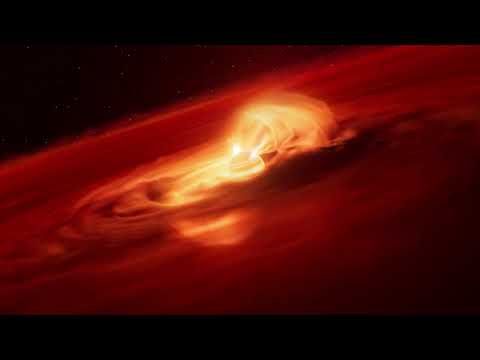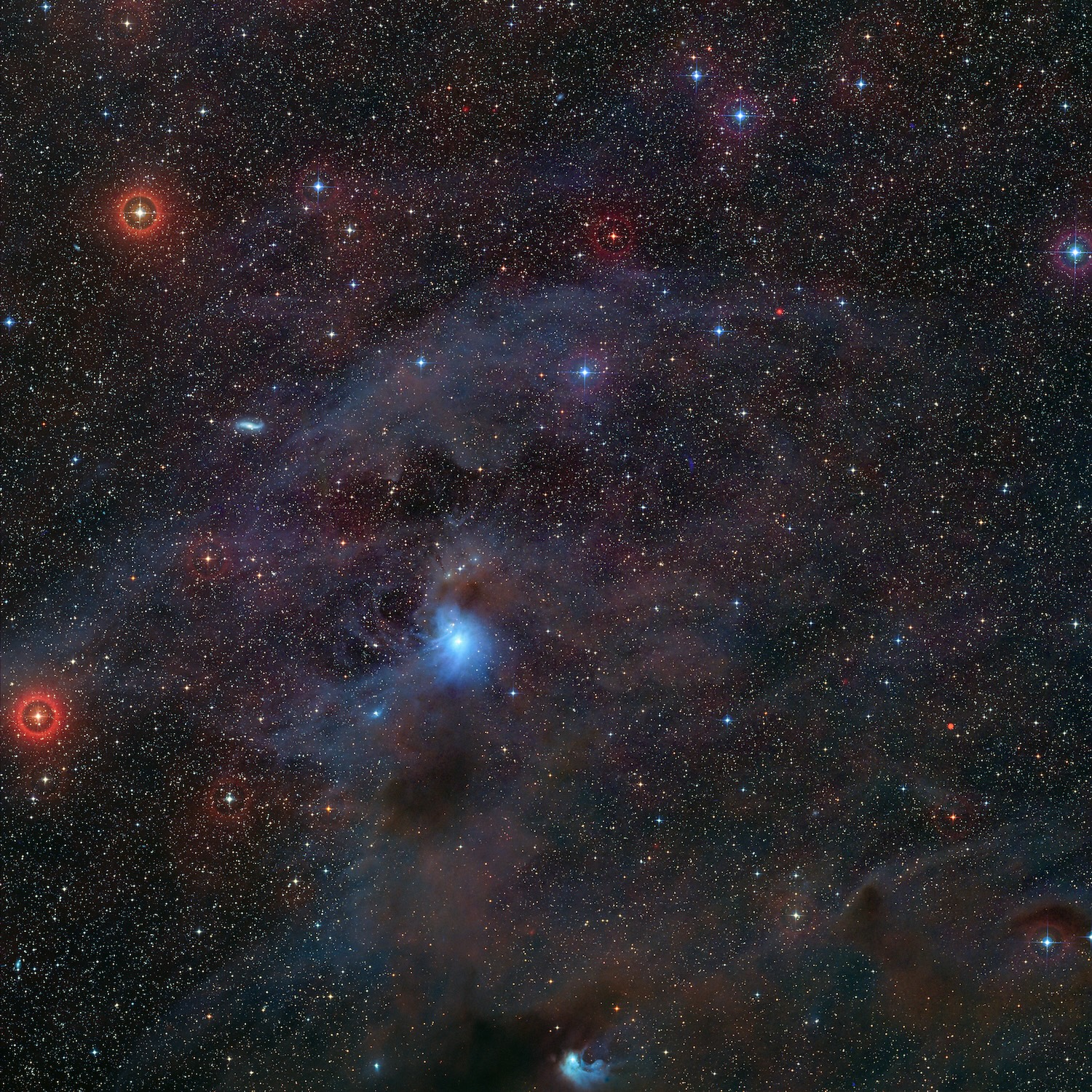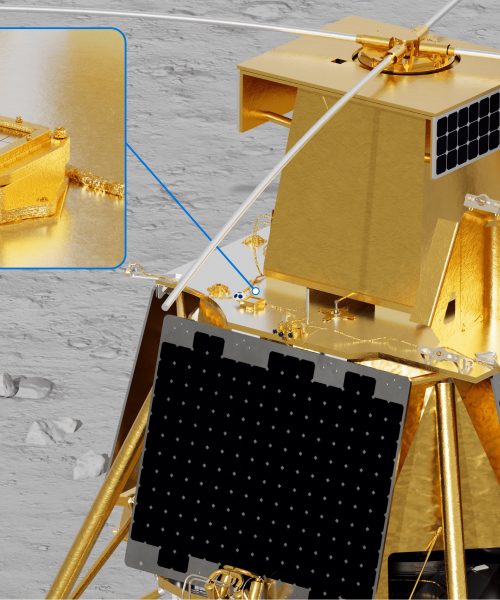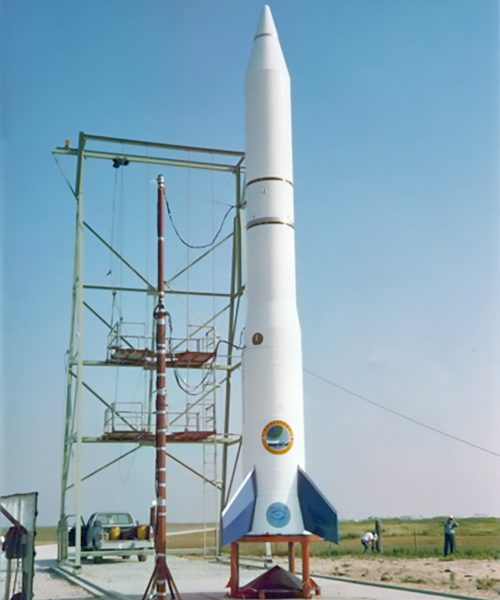About 620 light-years from Earth, a gigantic rogue proto-planet is currently devouring 6.6 billion tons of dust and gas per second. Based on recent observations, the relatively new resident of the Chamaeleon constellation isn’t stopping anytime soon—and the situation may get even more intense. But according to astronomers, that may be pretty standard behavior for these cosmic objects.
Planets generally form around a star, but that isn’t always the case. Occasionally, a rogue planet forms as it simply floats in space. Exactly how these cosmic oddities get their start remains a matter of debate for astronomers.
“The origin of rogue planets remains an open question: are they the lowest-mass objects formed like stars, or giant planets ejected from their birth systems?” Aleks Scholz, an astronomer at the University of St. Andrews, United Kingdom, explained in a statement.

For months, Scholz and colleagues used both the European Southern Observatory’s Very Large Telescope (ESO’s VLT) and the James Webb Space Telescope (JWST) to monitor this rogue planet now classified as Cha 1107-7626. The young object is already 5 to10 times the mass of Jupiter, and is surrounded by a swirling disk of gas and dust. As gravity forces that debris inward, it accumulates together in a process known as accretion.
According to the team’s study recently published in The Astrophysical Journal Letters, Cha 1107-7626’s accretion rate has accelerated quickly. In only a matter of months, the rogue planet’s growth rate grew to around 6.6 billion tons per second, about eight times larger than researchers’ initial assessments. These measurements rank as the strongest accretion event ever recorded in a planetary-mass object.
“People may think of planets as quiet and stable worlds, but with this discovery we see that planetary-mass objects freely floating in space can be exciting places,” said Victor Almendros-Abad, a study co-author and astronomer at Italy’s National Institute for Astrophysics.

Data amassed by the James Webb Space Telescope (JWST) also shows that Cha 1107-7626’s magnetic field is integral to its formation process. Surprisingly, this makes it have more in common with a typical young star than experts previously understood.
“We’re struck by quite how much the infancy of free-floating planetary-mass objects resembles that of stars like the sun,” said Ray Jayawardhana, study co-author and an astronomer at Johns Hopkins University.
He added that the latest discoveries illustrate how cosmic objects like giant proto-planets form very similarly to stars. They both involve contracting debris clouds, surrounding discs, and undergo varying episodes of growth.
“Their infancy appears to be much more tumultuous than we had realized,” said Jayawardhana.






